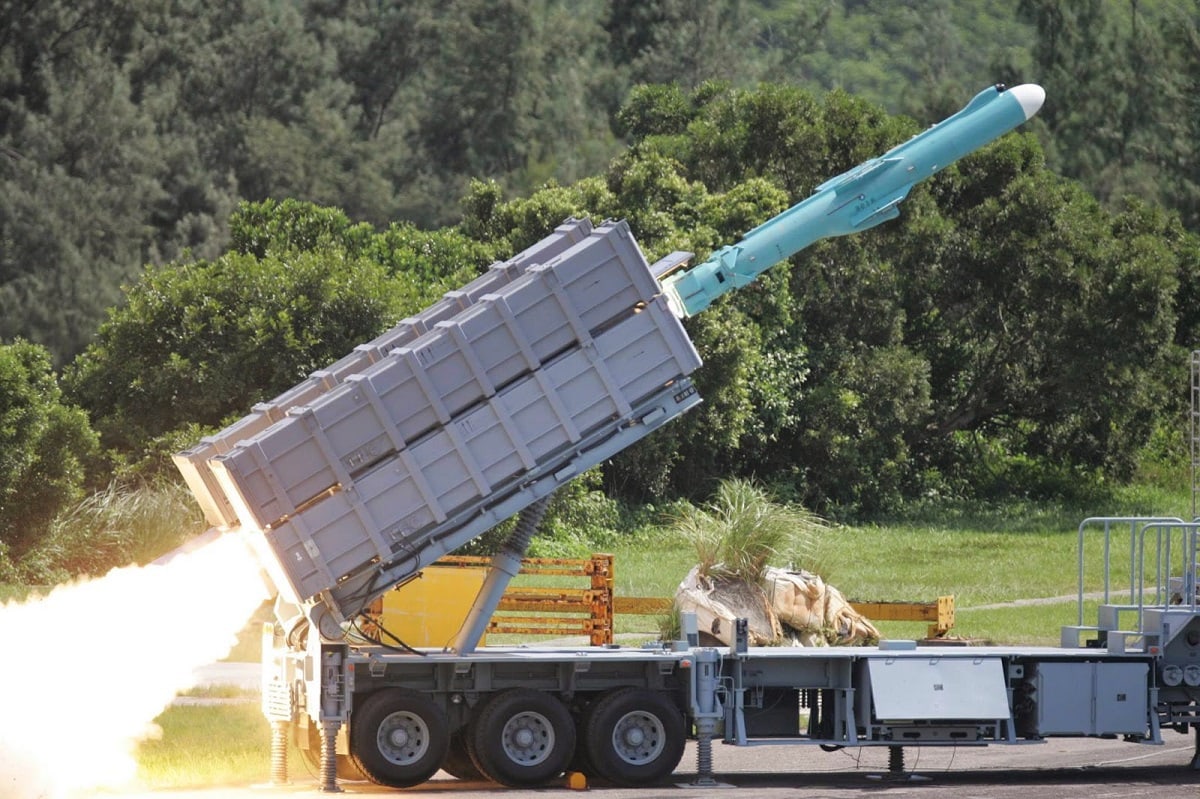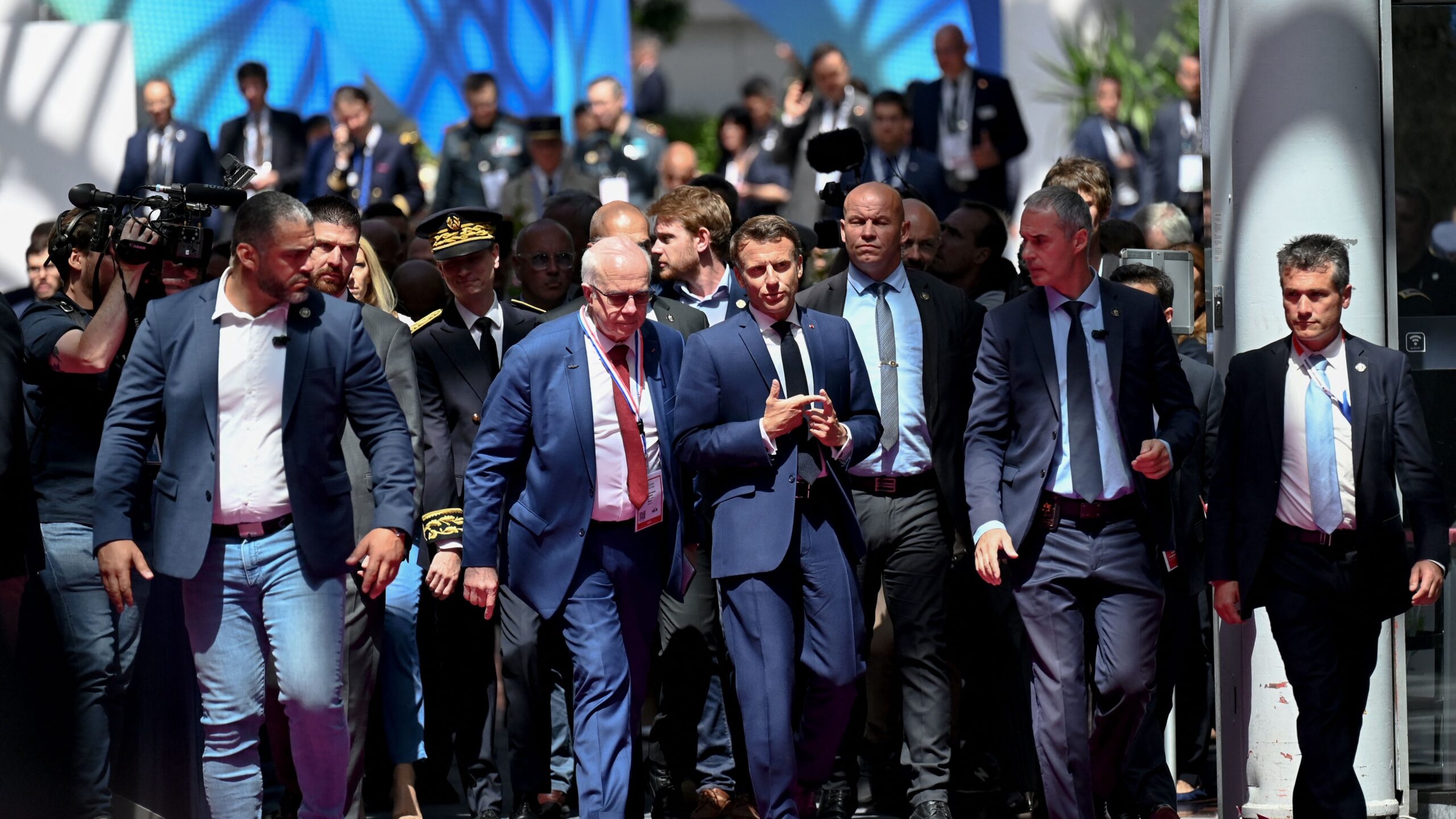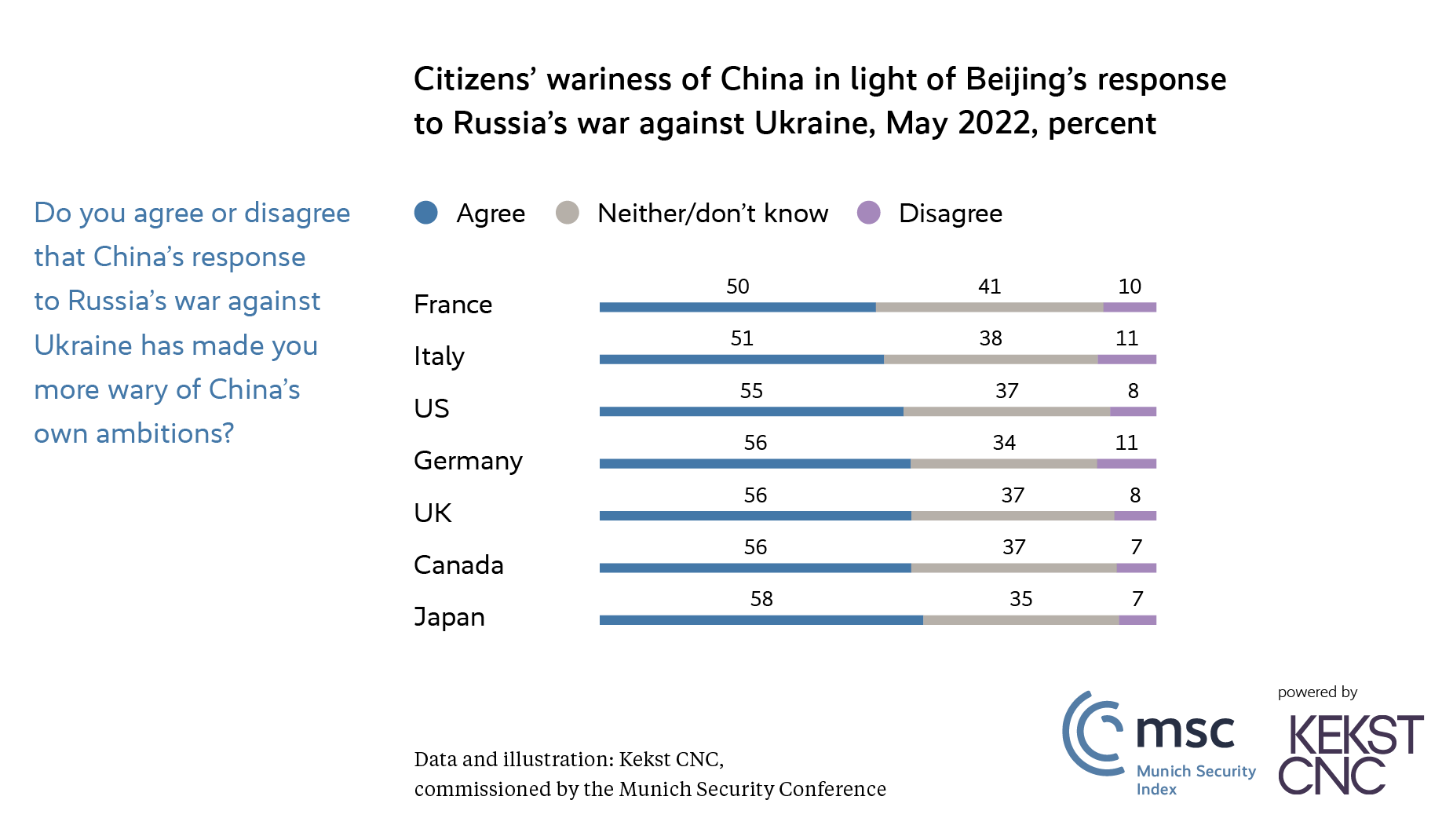Michael Hayden, James Clapper, Stanley McChrystal, Douglas Lute and Mark Hertling
The following commentary about threats to American democracy was written by five retired U.S. Air Force and Army generals and lieutenant generals, including former CIA Director Michael Hayden.
We know something about serious threats to America's democracy.
Each of us has invested the better part of our lives in military and public service, and in defense of the democratic institutions that Americans cherish. Our careers have placed us on the front lines of the gravest threats America has faced in the past half-century.
Today, we harbor unprecedented concern for our country and for our democracy. The nation we have defended for decades is in real peril.


















